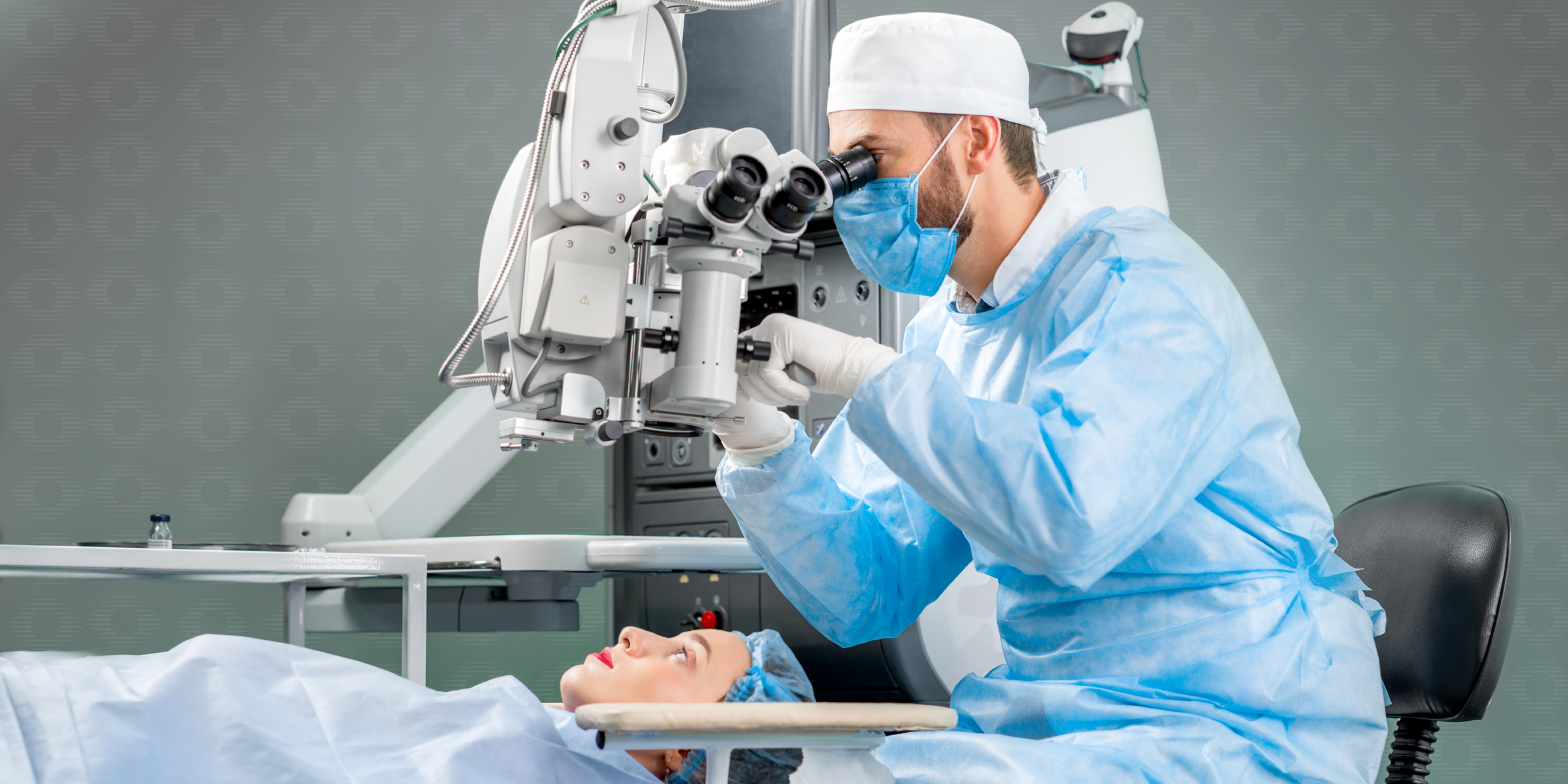
EYE CARE EDUCATION
Health Insights

Why Online Eye Tests Can’t Replace Your Optometrist
Digital eye tests and ready-made glasses seem convenient but they can’t replace expert care. Learn why in-person optometry matters for your health.

Cataract vs. Pterygium. What’s the Difference?
Confused about the difference between a cataract and a pterygium? Learn how to spot each condition, understand treatment options and protect your vision with guidance from Hollander Optometrists.

Will I Need Spectacles After My Cataract Operation?
Many patients believe cataract surgery means no more glasses. Learn why most still need spectacles for reading, distance or fine-tuning vision.

Why is excessive rubbing of eyes dangerous?
Excessive eye rubbing can lead to keratoconus, a serious condition that damages vision. Learn why prevention matters and how to protect your child’s eyes.

Why do I feel strange with new Spectacles?
New glasses making your eyes feel strange? Learn why this adjustment period is normal and how your brain adapts to new prescriptions.

Cataracts Explained: The Role of Your Eye's Lens in Clear Sight
Cataracts can quietly cloud your vision over time. Learn how your eye’s natural lens works, what causes cataracts, and how early detection protects your sight.

Are Sunglasses Bad for Your Eyes? Here’s the Truth
Many people still believe the myth that sunglasses can weaken your eyes, a belief dating back to World War II. But modern clinical optometry tells a different story. Learn how quality sunglasses protect your vision from UV damage and what to look for when choosing the right pair for long-term eye health.

Only One Eye at a Time?
The eye is the most amazing organ. One of the many fascinating functions is that it is self-focusing. Like the autofocus on your mobile, but without electronics.

The Origins of Contact Lenses
The first time that the concept of changing visual defects by altering the refractive surface of the eye was conceptualised, was when Leonardo da Vince (in 1508) took poorly sighted people to the top of a castle and had them immerse their faces in water of different shaped glass bowls.

Scleral Contact Lenses
Scleral lenses are the latest breakthrough in contacts, having revisited and perfected the original scleral contact lens idea from 1508AD (Leonardo da Vinci).

Myopia Control for Children
The layman’s term for myopia is Short-Sightedness, where one can not see well in the distance. The main cause of progressive myopia is due to the eyeball becoming longer towards the back of the eye. It’s like a balloon being blown up, the larger it becomes, the more fragile.

